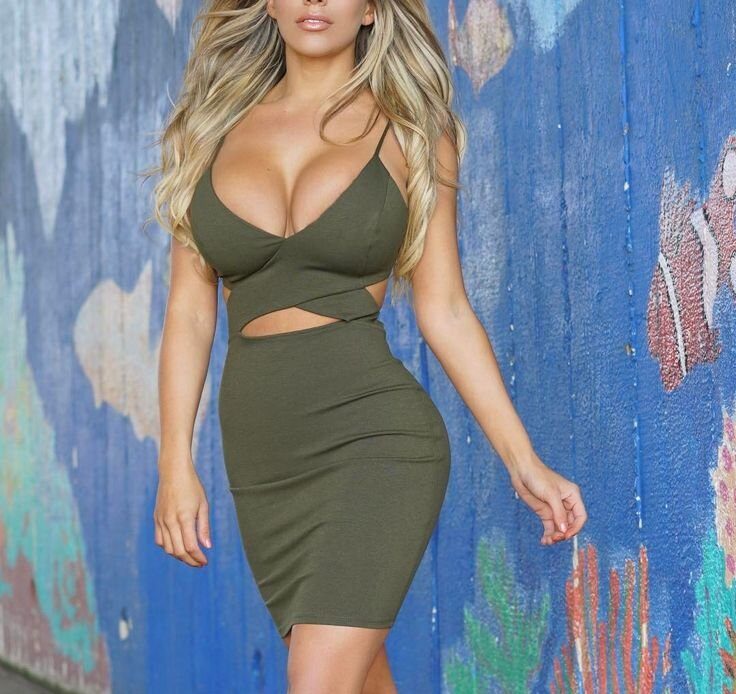For decades, the global beauty industry has tried to define what makes someone attractive. From porcelain skin to stick-thin figures, society has cycled through trends that often excluded the natural diversity of human bodies. However, in recent years, a seismic shift has redefined the narrative. Curves—once overlooked or even criticized—are now celebrated as a mark of captivating beauty. Today, curvy women are not just accepted; they are admired, sought after, and revered. This transformation has impacted fashion, media, fitness, and self-perception in powerful ways.

To fully appreciate this transformation, we must understand where it began. In ancient times, curves were considered a symbol of fertility, prosperity, and health. Statues like the Venus of Willendorf emphasized full hips and rounded figures, idealizing a body that represented life itself.
However, as modernity took hold, especially during the early-to-mid 20th century, beauty standards shifted drastically. Thinness became equated with discipline and sophistication. Icons like Audrey Hepburn and Twiggy shaped the collective imagination of what was desirable. Curvier women were often marginalized, pressured to shrink themselves to fit into increasingly narrow molds.

The late 1990s and early 2000s marked the beginning of a slow but powerful cultural shift. Curvier women started reclaiming their narrative through music, television, and fashion. Artists like Beyoncé, Jennifer Lopez, and later, Kim Kardashian played pivotal roles in reshaping perceptions. Their unapologetic embrace of their bodies turned heads and opened minds.
With the rise of social media, curvy influencers and content creators gained unprecedented platforms to express body positivity. Instagram and TikTok became stages where beauty was no longer dictated by runways and glossy magazines alone. Curves were no longer hidden—they were highlighted, accentuated, and celebrated.
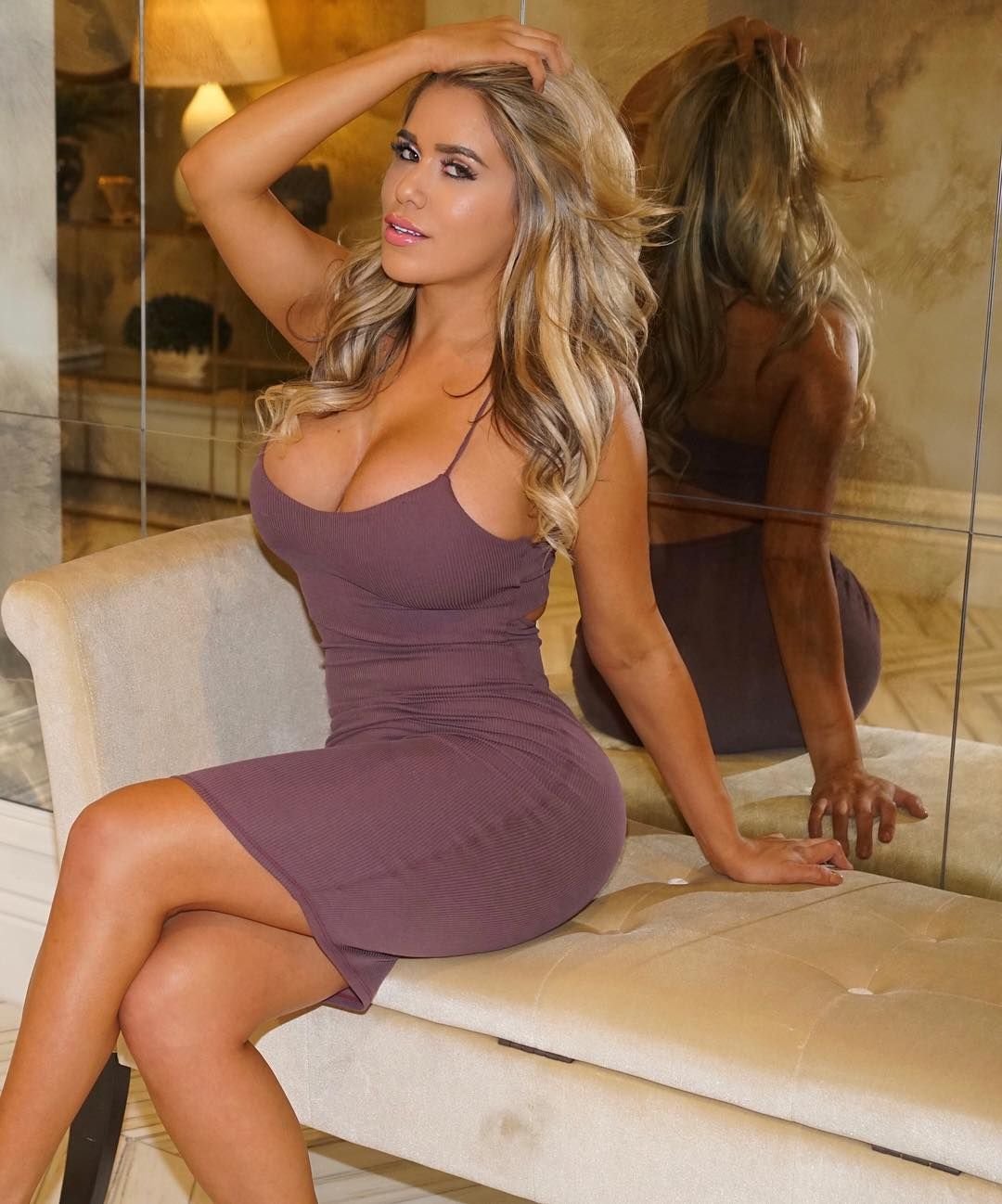
Fashion is a powerful vehicle for defining and reflecting beauty standards. For many years, high fashion was synonymous with ultra-thin models and limited sizing. But the growing demand for inclusivity has forced a shift in the industry. Today, plus-size models, size-inclusive collections, and body-positive campaigns are rewriting the rules of design.
Brands like Savage X Fenty by Rihanna, Good American, and Skims by Kim Kardashian have redefined what it means to dress a curvy body. These brands don’t just offer larger sizes—they tailor their designs to flatter and empower curvier silhouettes. This approach sends a strong message: curves are not a compromise; they are a canvas for style and self-expression.
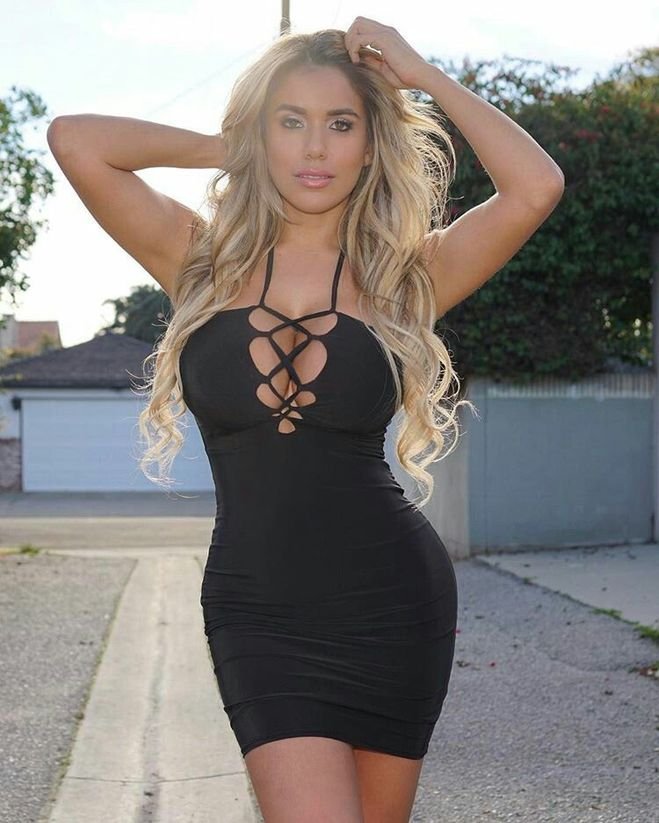
Media plays an integral role in shaping how people perceive themselves and others. The lack of curvy representation in film and television historically contributed to feelings of inadequacy and invisibility. But today’s media landscape is slowly catching up to reality.
Shows like “This Is Us”, “Shrill”, and “Euphoria” have featured curvy characters with depth, complexity, and confidence. These portrayals move beyond tokenism—they explore real stories, real struggles, and real empowerment. Representation is not just about visibility; it’s about validating identities and challenging stereotypes.

The transformation of curves into a mark of beauty is not just about aesthetics—it’s about health and strength. The fitness industry, once dominated by a narrow definition of “fit,” is now embracing more diverse body types. Influencers and trainers like Massy Arias and Jessamyn Stanley have cultivated huge followings by promoting health at every size.
The narrative has shifted from “getting smaller” to “getting stronger”. Curvy bodies are now seen as capable, powerful, and worthy of celebration in fitness spaces. This inclusive approach has helped break down toxic ideals and replace them with messages of self-love, empowerment, and balance.
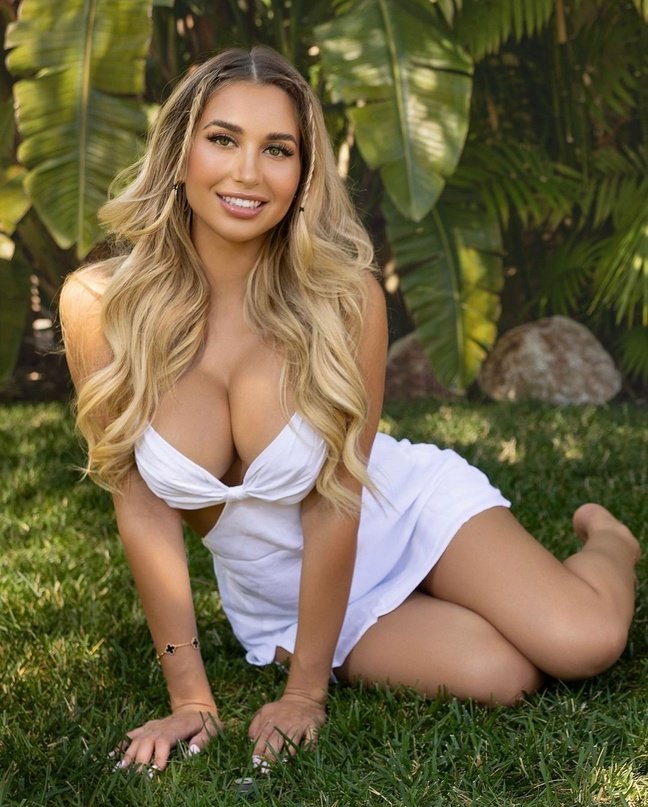
Perhaps no tool has had a greater impact on redefining beauty than social media. It democratized influence and gave voice to those who were previously unheard. Curvy women used platforms like Instagram, YouTube, and TikTok to tell their stories, flaunt their fashion, and challenge outdated beauty norms.
Hashtags like #BodyPositivity, #CurvyAndProud, and #EffYourBeautyStandards have turned into powerful movements. They not only empower individuals but also pressure brands, influencers, and media outlets to be more inclusive. The result? A more diverse, vibrant, and authentic portrayal of beauty.

This cultural shift has done more than change outer perceptions—it has deeply affected inner self-worth. Women who once felt ashamed of their curves now walk taller, speak louder, and shine brighter. Self-acceptance has blossomed into self-celebration.
Studies have shown that exposure to diverse body types in media improves self-esteem, reduces body dissatisfaction, and fosters a healthier relationship with one’s body. When curves are celebrated instead of censored, mental wellness improves and confidence becomes contagious.
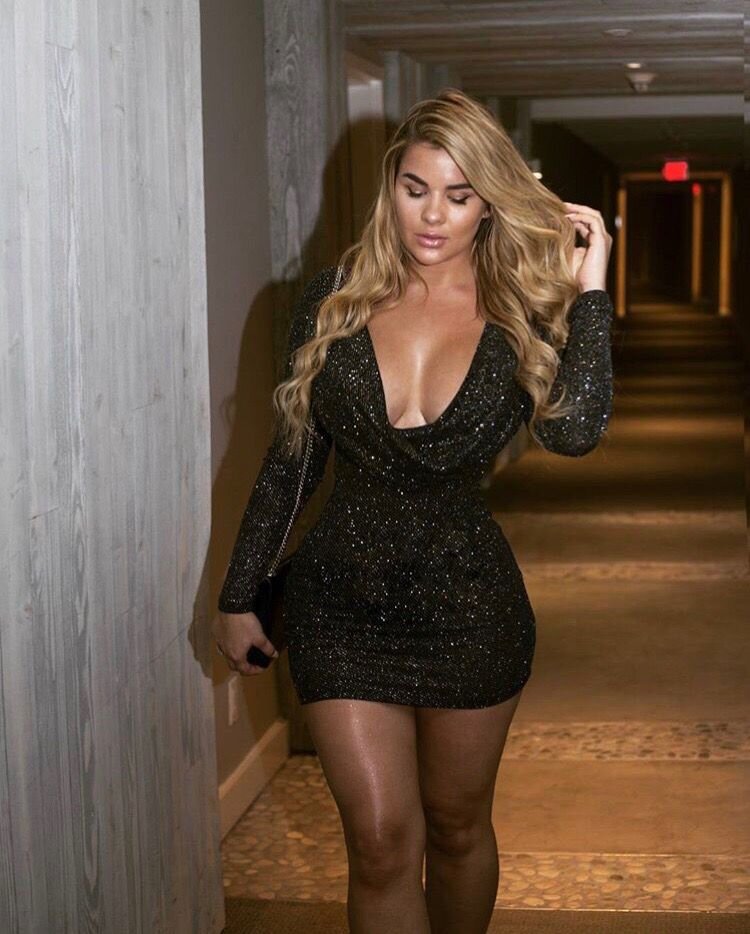
The rise of body-positive influencers has added fuel to this transformation. Figures like Ashley Graham, Paloma Elsesser, Tess Holliday, and Barbie Ferreira have carved out spaces that blend beauty, fashion, and activism.
They use their platforms not just to showcase style, but to challenge fatphobia, promote size inclusivity, and amplify marginalized voices. Their presence in major campaigns, magazine covers, and fashion runways signals a new era—one where curves are not exceptions but expectations.
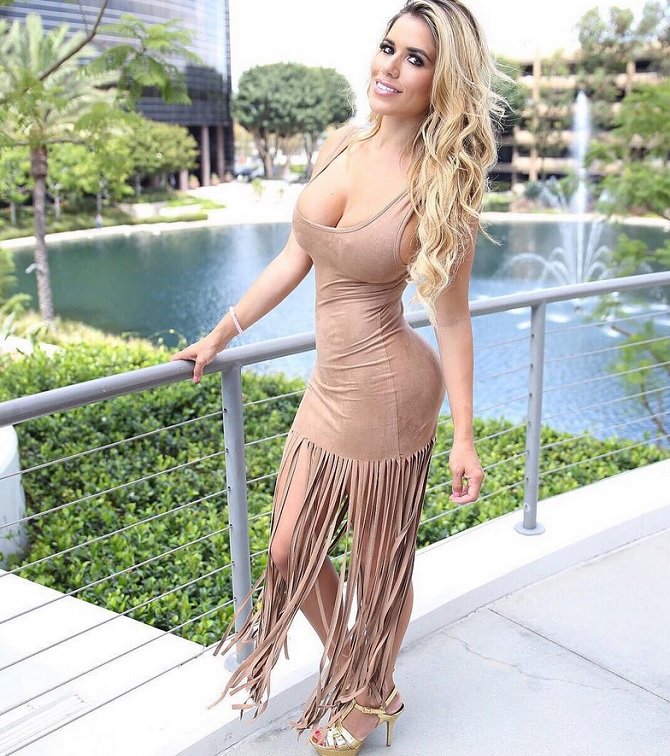
Despite the progress, the road to true inclusivity remains long. Curvy representation often comes with conditions: curves must be “hourglass,” skin must be smooth, and faces must be conventionally attractive. Fatphobia, size discrimination, and unrealistic standards still persist across many spaces.
Moreover, some critics argue that the celebration of curves can become another form of objectification—reducing women to their physical traits. True body positivity must go beyond aesthetics and embrace the full spectrum of body diversity, including those with disabilities, chronic illnesses, and non-hourglass shapes.
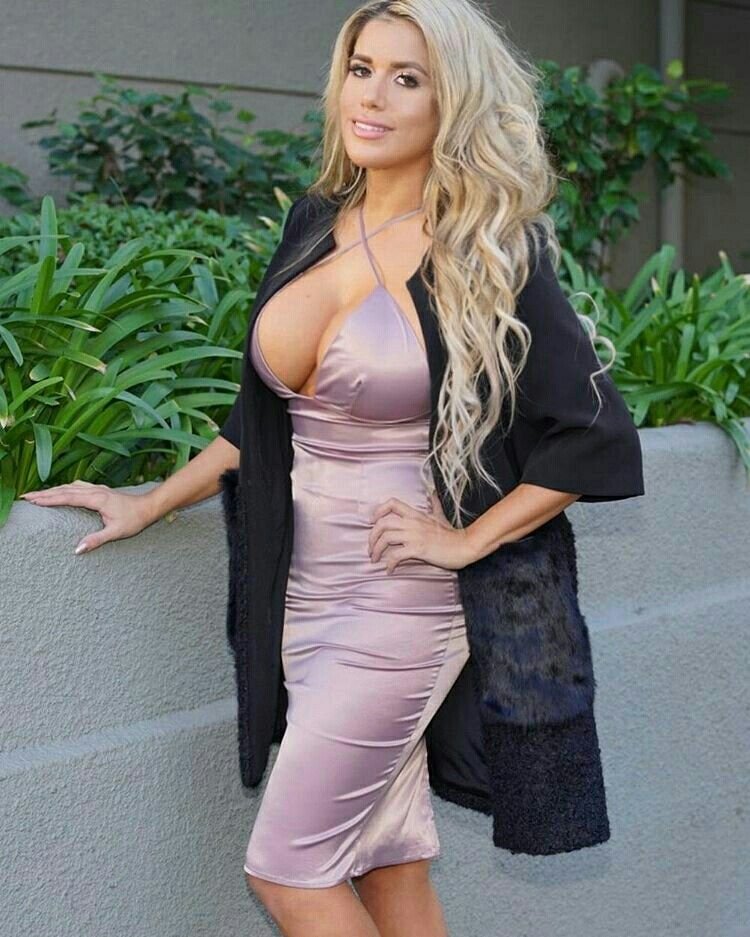
The evolution of beauty standards is ongoing, and the inclusion of curvier bodies marks a major milestone. Yet, the ultimate goal is not just to glorify curves—it’s to embrace every body, in every shape, color, and ability. Diversity isn’t a trend; it’s the truth of human existence.
As society continues to grow more inclusive, the power lies in authentic representation and radical self-love. Beauty should never be a mold we force ourselves into—it should be a mirror that reflects who we truly are.
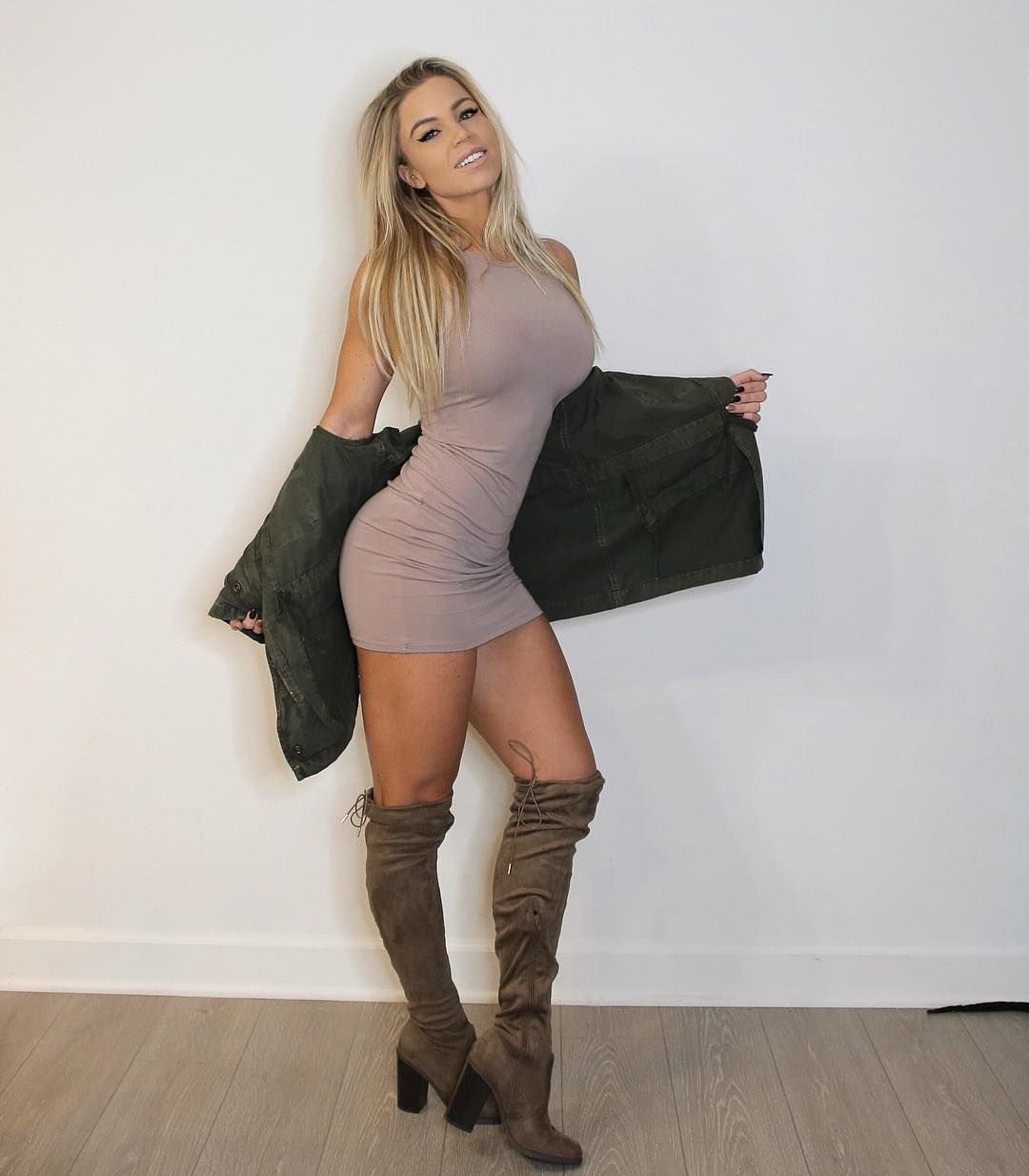
From ancient goddess statues to modern runways, the journey of curves from taboo to celebrated has been long and layered. Today, curves turn heads—not just because they stand out, but because they stand proud. They represent a shift in thinking, a movement toward self-acceptance, and a redefining of beauty itself.
By celebrating curves, we celebrate diversity. We celebrate confidence. We celebrate the courage to be different and the strength to love ourselves fully. The transformation is not just in how the world sees curves—but in how curvy individuals see themselves. That, above all, is truly captivating.
